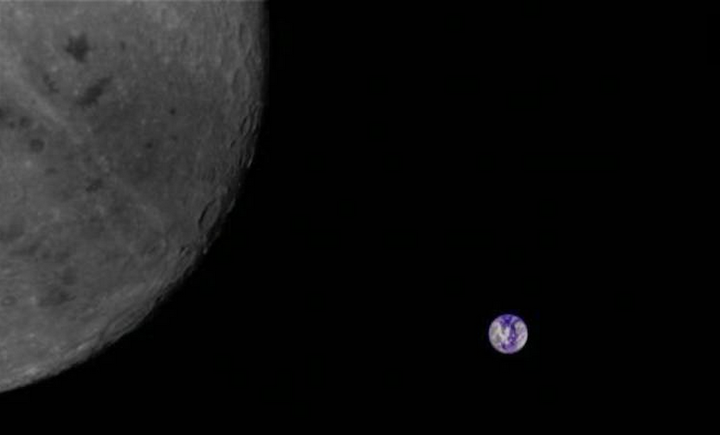23.07.2019

In 1969, when Neil Armstrong became the first person to walk on the moon, the astronomical body was for Chinese just a glowing orb overhead to gaze at and muse about. Now, fifty years later, China has become the first nation to land a robotic spacecraft on the far side of the moon.
As the world celebrates the historic US moon landing on July 20, 1969, Chinese lunar explorers said their moon exploration program, including plans for a robotic lunar research station prototype by 2030 to prepare manned missions, is open to international cooperation.
The lunar research station will become a base for astronauts to visit briefly and ultimately for a long-term stay, according to Li Chunlai, director of the Ground Research and Application System of the Chinese Lunar Exploration Project, and three of his colleagues.
"International cooperation is an important element in China's strategy of lunar and deep space exploration," they wrote in an article published on Friday in a special issue of the US journal Science to mark the anniversary of the Apollo 11 moon landing.
In 2004, China unveiled a three-phase robotic lunar exploration program - orbiting, landing and returning - naming it the Chang'e Project, after the Chinese goddess of the moon.
Four missions were conducted between 2007 and 2019, with Chang'e-4 deploying a lander and the Yutu-2 rover on the surface of the far side of the moon in early January. The fifth mission, scheduled for early next year, is to return rocks to Earth from an as yet unsampled lunar area, according to the authors.
After 2030, China's lunar exploration program will continue to develop robotic and human exploration, with the former taking precedence in subsequent lunar exploration missions, they said.
NASA, the US space agency, aims to put Americans on the moon again by 2024.
In the Science article, "China's present and future lunar exploration program", Li and his colleagues said China's exploration plan is "flexible and iterative", with an emphasis on international cooperation.
The authors wrote that China is open to cooperation with NASA on lunar exploration.
"Both sides can start cooperating on aspects such as exchange of scientific data and space situational awareness information," the article said. "China also looks forward to exploring more opportunities to cooperate with NASA to preserve the space environment for generations to come."
Already, China's latest lunar mission Chang'e-4 has carried out experiments from Germany, Sweden and the Netherlands, it said.
In April, the China National Space Administration announced cooperation opportunities for China's sixth lunar mission and its asteroid exploration mission. It also signed lunar exploration cooperation agreements with the United Nations Office for Outer Space Affairs, Turkey, Ethiopia and Pakistan.
Quelle: CHINADAILY
